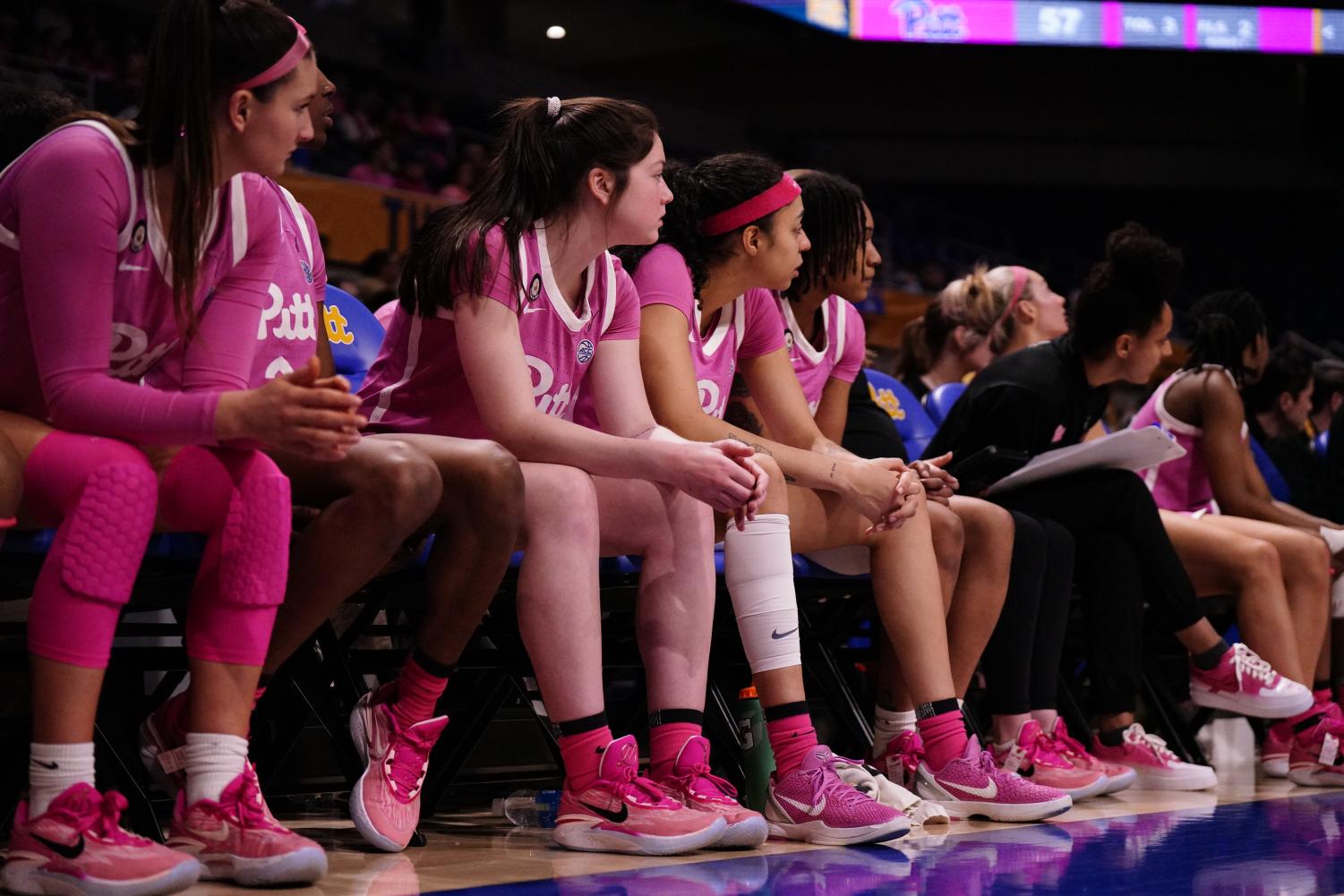Fall sports often have one game with special meaning — a night raising awareness for breast cancer. These games are often referred to as Pink Outs and are incredibly symbolic.
According to the American Cancer Society, approximately one in eight women will develop breast cancer in their lifetime. Awareness is an important issue regarding breast cancer because, with early detection, survival rates are much better. The chance that any woman will die from breast cancer is 1 in 43. At Pink Out games, survivors or doctors will call for early mammograms and often for inspections of one’s own body.
The main aspect of the Pink Out is players and fans wearing pink. Players will often wear pink gear — headbands, socks and gloves. Fans may wear pink T-shirts made special for that game, often sold as a fundraiser. You mainly see Pink Outs in October because the month is Breast Cancer Awareness Month. Football, soccer, volleyball and other sports designate a game as a Pink Out. This is especially prominent in high school sports.
For me, my relationship to breast cancer has changed. In high school, I did not know about breast cancer outside of a medical context. My first year, my grandmother was diagnosed with breast cancer. Four months later, my aunt received a diagnosis as well, and both of them got surgery for treatment. Now that the disease has impacted my life in an indelible way, I am confused as to why the awareness has decreased.
I can remember a Pink Out Friday night football game that made me think of the event as more than just a student section theme. At halftime, breast cancer survivors walked down the 50-yard line with their children, students and siblings. It was intensely emotional.
From a high schooler’s perspective, it makes you realize how far this disease reaches. I saw my friends and classmates walking their mothers, aunts and grandmas. I saw my teacher walk down the middle with her children. It brought up images of Veterans’ Day parades celebrating those who’ve served in the military. In a way, the survivor walk was a Veterans’ parade. The crowd watched these heroic women, surrounded by their family and friends, in order to bring awareness to other women who may fight this disease.
Flash forward to the current day. Pitt Athletics has two yearly breast cancer awareness games — Women’s Basketball’s Pink the Pete and women’s soccer’s Pink Match. Women’s soccer hosted NC State on Oct. 17 for their Pink Match, and it included an emotional video by the players dedicated to athletic trainer Ann Marie Porada, a breast cancer survivor.
There was a stain on the night, however, due to a double booking of sorts. The game was also their “Green Game” to bring awareness to sustainability. Not only does Pitt have two Pink Out games, but they double-booked one.
How did we go from every high school sport having a Pink Out to most colleges having few to none? Breast cancer hasn’t suddenly been cured.
Pitt has 19 varsity men’s and women’s teams, 12 of which have games or meets in October. This is 12 chances for crowds to hear calls for early detection, to get educated about the signs and how they could support the cause themselves. On Oct. 4, Pitt Football beat Boston College 48-7 in front of a crowd of over 5000. If that game were a Pink Out, and early detection awareness was raised, how many more women might survive breast cancer?
Furthermore, why are only women’s teams hosting breast cancer awareness games? While much less common, men can still get breast cancer. Every fan at a men’s game is susceptible to breast cancer and could benefit from awareness. With Pitt as focused on medicine as it says it is, it should do much more in respect to breast cancer awareness.

